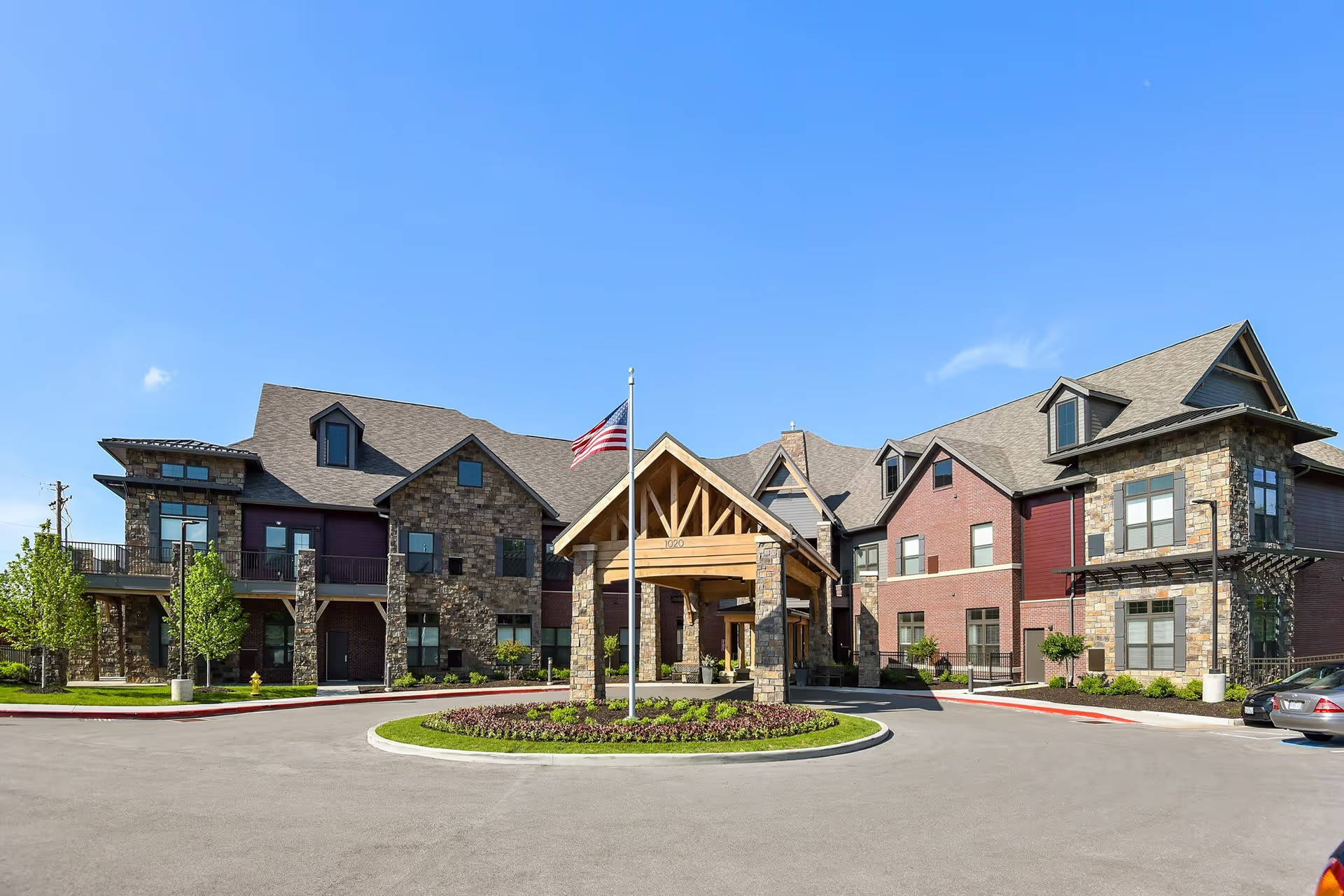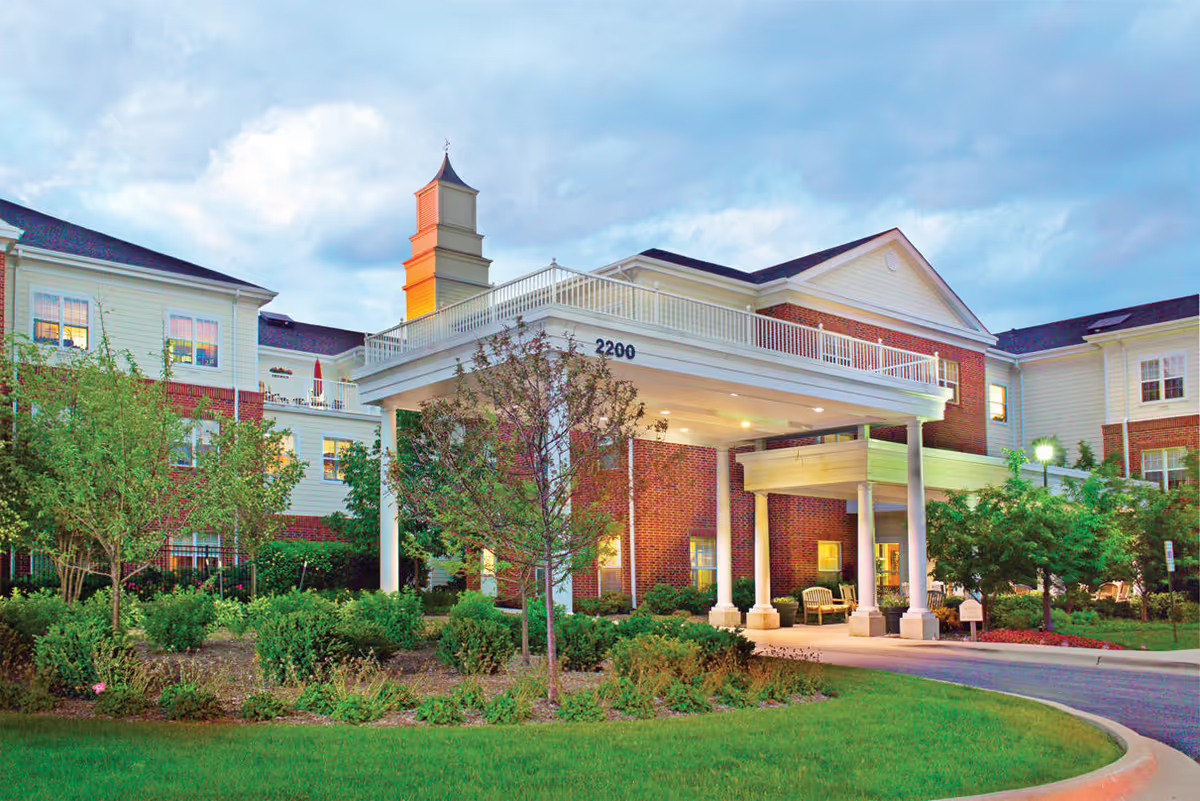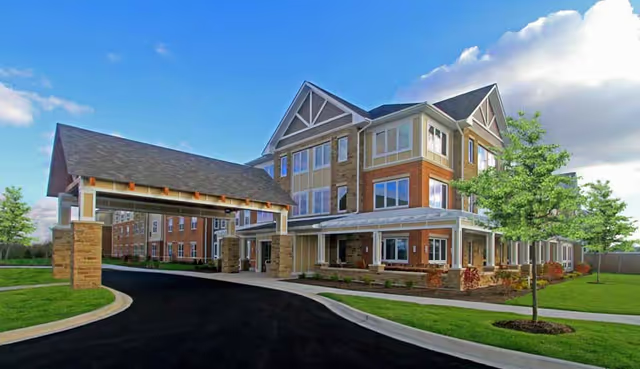Overall sentiment across the review summaries is deeply polarized: many reviewers report outstanding, compassionate care from individual staff and therapy teams, while a substantial number of reviews describe serious operational, cleanliness, staffing, and safety problems. The facility appears to produce excellent outcomes for some residents—particularly in rehabilitation and therapy—yet other families report neglectful conditions and unsafe practices. This split suggests wide variability by unit, shift, or time period and highlights systemic issues (most notably understaffing) that may be driving the inconsistent experiences.
Care quality and staff dynamics: The most frequent positive theme is high praise for individual staff members and therapy departments. Multiple reviews specifically name PT and OT clinicians (Max and Rachel) and single out CNAs and social workers (Tina, Jackie M., Wendy, Mary Ann, Janet, Julie) for compassionate, family-like care and strong advocacy. Several narratives describe staff who went “above and beyond,” who kept residents clean and happy, and who achieved strong rehab outcomes. Conversely, many reviews accuse some nurses and aides of being rude, inattentive, or unprofessional. Complaints include confrontations with nursing staff, denial of medications, and removal/suppression of grievances. The overall pattern is one of excellent, dedicated employees working within an environment that sometimes prevents them from delivering consistently high care.
Staffing, responsiveness, and safety: Understaffing is a dominant negative theme and is cited as the root cause of many care failures. Reviewers report long staff shifts, insufficient personnel to assist transfers, unanswered call lights, long waits for help, and infrequent bathing. Several severe safety-related incidents are mentioned: a resident left unattended after a fall, admission transfers that staff could not manage (one account required calling 911 for transport), and reports of residents being left in soiled clothing or soaked bedding. These accounts led some families to request transfers and even alert health authorities. The consistent link between insufficient staffing and both reduced basic care (bathing/toileting/turning) and delayed emergency response is a major cause for concern among reviewers.
Cleanliness, laundry, and facility condition: Reviews about the physical environment are markedly inconsistent. A number of families praise the facility as clean, attractive, and odor-free with a nice exterior and dining area. In stark contrast, other reviewers report dark, dirty units with stained walls, garbage on floors, dusty vents, urine smells, and dried human fluids on walls and floors—conditions that create infection risk and provide strong grounds for complaint. Laundry problems (delays, wet or soiled pads, missing personal items) are repeatedly reported and compound hygiene concerns. These conflicting reports suggest that cleanliness and housekeeping may vary greatly by unit, shift, or over time.
Dining and activities: Dining reviews are also mixed but show many positives: several families praise homemade meals, desserts, willing staff offering seconds, and a pleasant dining room. Other reviewers claim food quality problems—small portions, cold meals, or simply “not good.” Activities and social programming earn consistent praise in many reviews (daily exercise, holiday events, and social interaction), and some reviewers feel these enrich residents’ lives. However, a few reviewers perceived a misprioritization of social time over direct care, particularly when staffing shortages force choices between activities and basic nursing tasks.
Management, administration, and infection control: Management receives both commendation and criticism. Multiple reviewers praise admitting staff and administrators (Julie, ED, DON) for creating a welcoming, home-like atmosphere and for being communicative and responsive. Other reports accuse management of being manipulative, uncaring about staff-resident interactions, and of suppressing grievances. Infection control and COVID handling are another polarized area: some reviews state strong infection control practices and no survey deficiencies, while others assert poor COVID management, residents left sick on units, and inadequate staff protections or hazard pay. These conflicting perspectives point again to inconsistent practices or changes over time.
Patterns and takeaways: The dominant pattern is variability. When staffing levels and leadership engagement are adequate, reviewers describe exemplary, loving care, effective therapy, and good dining/activities—often naming specific staff who made a difference. When staffing is insufficient or specific units are poorly managed, reviewers report neglect, sanitation failures, unsafe handling of falls and admissions, and serious distress for residents and families. Many reviewers explicitly recommend the facility for certain needs (rehab, veteran care) while others strongly advise against sending a loved one there or have initiated transfer requests.
Given these findings, prospective families should approach Cypress Grove with targeted questions during tours: ask about current staffing ratios and turnover, how call lights and falls are handled, specific housekeeping and laundry protocols, medication administration safeguards, COVID/infection-control records, and which units have the strongest rehabilitation outcomes. Request to speak with therapy leads and the social work team, and, if possible, meet or get references for the named individual staff (PT/OT, CNAs, social workers) praised in reviews. In sum, Cypress Grove appears capable of delivering very high-quality, compassionate care in many cases, but recurring operational problems—principally understaffing and inconsistent housekeeping—create significant risks that families should verify and monitor closely before and during placement.







